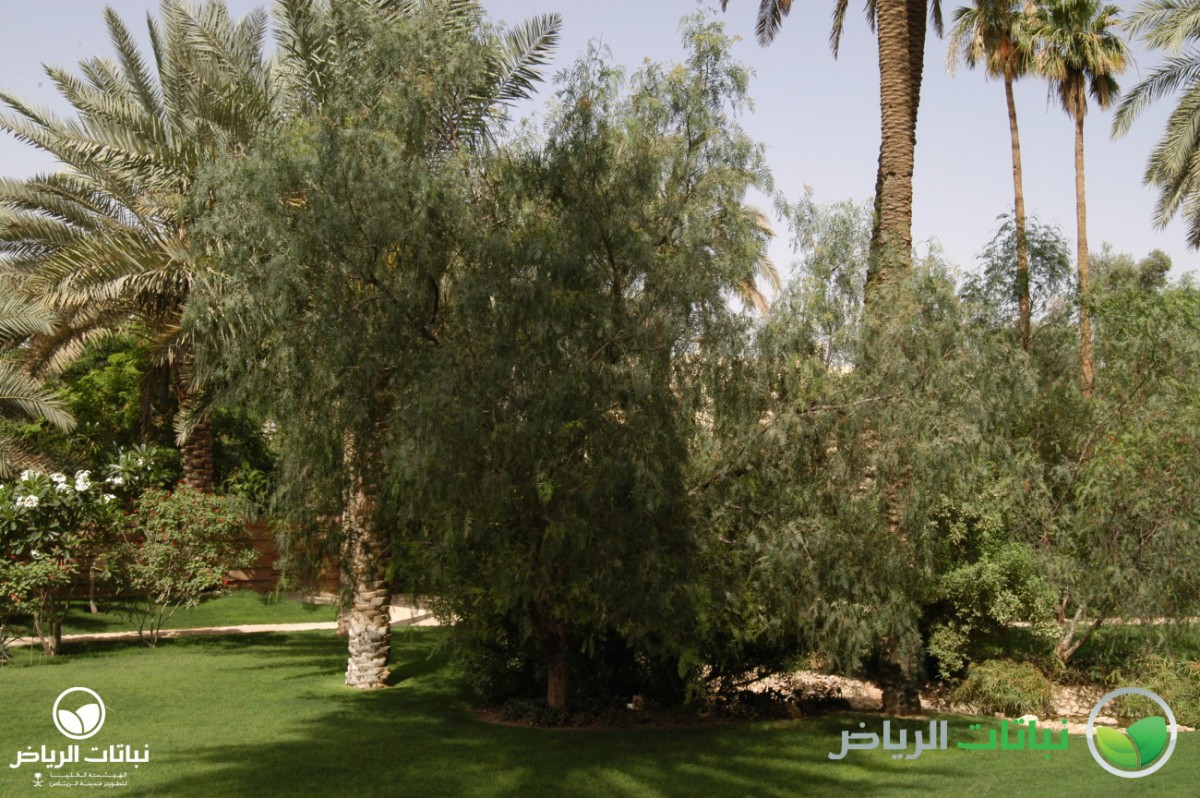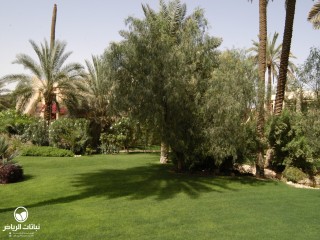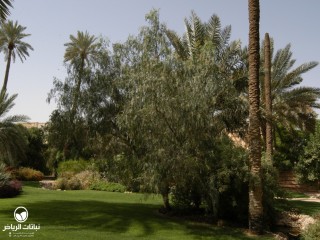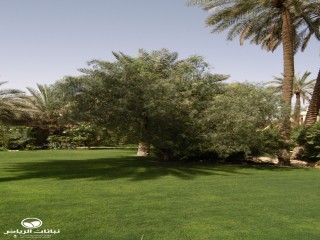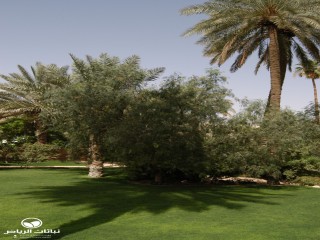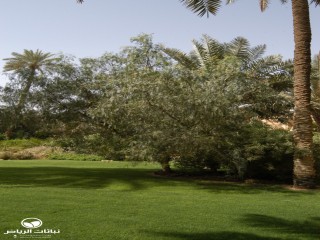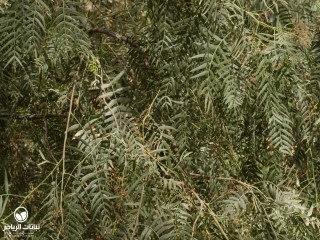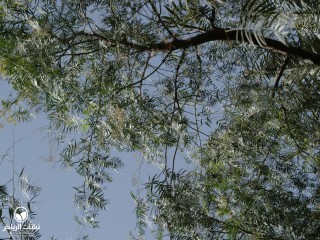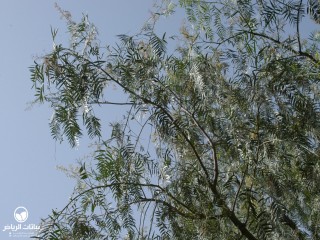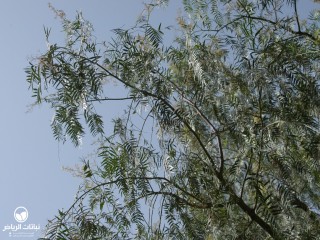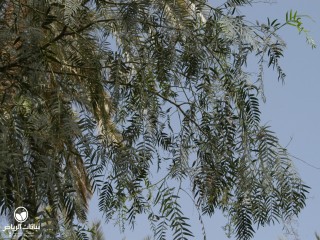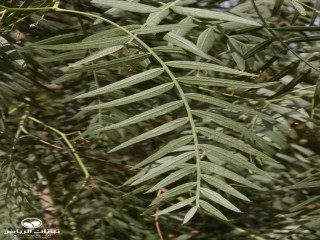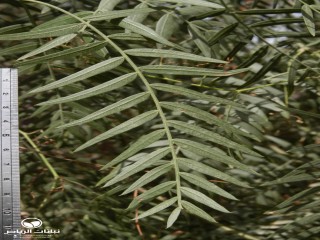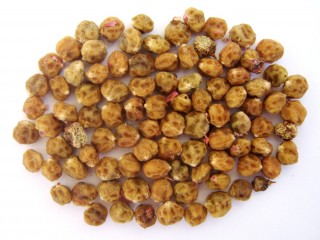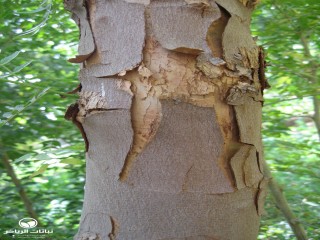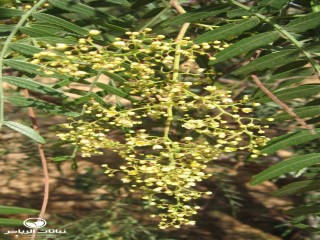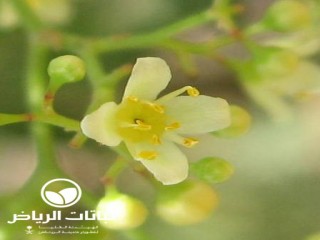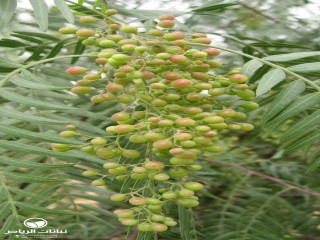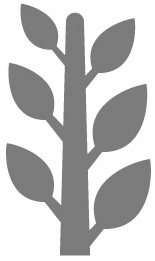Riyadh Plants
California Pepper Tree, filfil rafieh
Schinus molle, known as the Californian Pepper Tree in English and filfil-rafieh in Arabic, has its area of distribution in the Peruvian Andean desert, Chile, Middle America and South East Argentina. It is not related to the pepper plant (Piper nigrum), but the edible, red fruits are similar to pepper corns and the tree is so called, because of their shape and taste. In fact, all parts of the tree are rich in essential oils. The evergreen to semi-evergreen tree grows to a height of 15 meters. It has an open, umbrella shaped crown with pendulous branches. The leaves are alternate and pinnate with a lanceolate shape. The white male and female flowers grow on different trees, the bloom is unimpressive, but impressive are the pinkish-red fruits, which hang in clusters of dozens of berries nearly the whole year round. Propagation can be done by seeds, cuttings and suckers. S. molle has an extensive, but flat root system which can be a problem for hard paving in the proximity. Tolerant of most soils, it requires full sun and is drought tolerant, hardy and long-lived. Foliage may be damaged by frost and also suffer from insects, nematodes and occasionally mildew. The Pepper tree comes from arid regions, but the experience in Riyadh has shown that it cannot withstand too harsh desert conditions. For example, in King Fahd Road it disappeared after planting, because it needed more humidity and shelter, i.e. no hot, desiccating winds. However, it can be recommended in specific, sheltered situations in urban areas, in parks as a specimen tree and in pedestrian precincts. Attention should be paid to the possible problems of fruit drop litter and wind damage. Because of its strong root system Schinus molle can be used on hillside planting and as a slope stabiliser. It also makes an attractive screen and provides good shade for roadside planting.
